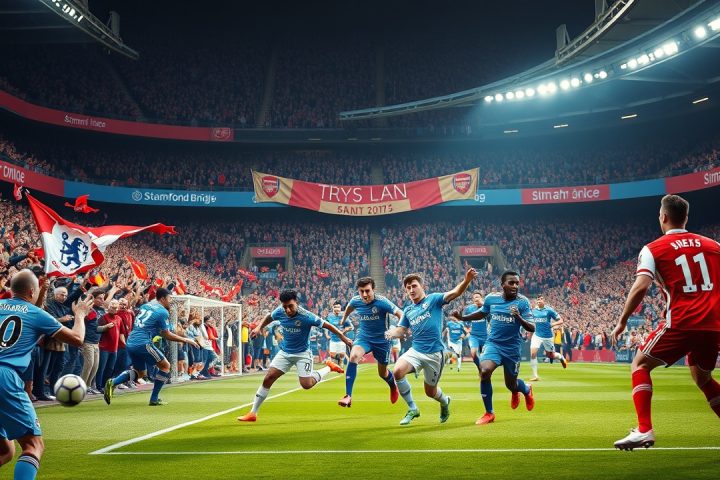Formation of NextGen College Soccer Committee
On Tuesday, U.S. Soccer unveiled the formation of the NextGen College Soccer Committee, tasked with assessing and potentially reforming the current college soccer framework. This committee is composed of 18 diverse stakeholders from across the soccer spectrum, including professional leagues and representatives from both men’s and women’s college soccer programs. Their goal is to propose changes aimed at enhancing the collegiate soccer experience, which has faced criticism as an underperforming development pathway for players aspiring to enter U.S. professional leagues. Recommendations could be put into action as early as next year.
Committee Leadership and Structure
According to U.S. Soccer CEO JT Batson, the committee’s members bring a wealth of knowledge and insights that will be crucial in establishing a modernized model for college soccer, emphasizing its significance in the growth of the sport nationwide.
The announcement arrives amidst a pivotal phase for collegiate athletics as a whole. Recently, a federal judge sanctioned a $2.8 billion settlement enabling colleges to compensate student-athletes, an unprecedented ruling set to transform the landscape of college sports.
The newly formed committee will be led by Dan Helfrich, a principal at Deloitte Consulting with ties to U.S. Soccer’s leadership advisory board. Alongside him are notable figures from professional soccer, such as Adrian Hanauer, co-owner of the Seattle Sounders and Seattle Reign, and Angie Long, co-owner of the Kansas City Current, in addition to executives from Major League Soccer (MLS), National Women’s Soccer League (NWSL), and United Soccer League (USL). Additionally, collegiate figures and Richard Motzkin from Wasserman, a player talent agency, are also part of this initiative.
Objectives and Future Plans
The committee’s objective is to create strategies that will allow college soccer to flourish within the rapidly evolving landscape of the soccer world. They plan to collaborate with various college programs and conferences that are open to innovative solutions as they work towards the upcoming academic year. Changes are anticipated to take effect starting with the 2026-27 academic year.
Criticism of the current college soccer format has been voiced by several influential coaches and administrators, who claim that the structure fails to align with the demands of modern soccer. Special concerns revolve around the restrictive fall season that condenses numerous matches into a brief timeframe and rules that differ slightly from professional standards, such as stoppage time in games and unlimited substitutions.
Proposed Changes and Considerations
A long-discussed proposal aims to transition college soccer into an academic-year-wide framework, dividing the season between fall and spring, with a winter hiatus. This idea, generated 25 years ago, gained traction again in 2022, led by the University of Maryland men’s soccer coach, Sasho Cirovski, alongside a coalition of Division 1 coaches.
Recognizing the critical role college soccer plays in developing female athletes, U.S. Soccer noted its commitment to considering both men’s and women’s college soccer dynamics separately as it moves forward with this initiative.
As U.S. Soccer embarks on its first significant involvement with college soccer governance, the committee will also explore commercial prospects for the collegiate game, particularly important in the context of the Name, Image, and Likeness (NIL) changes impacting collegiate athletics. Furthermore, U.S. Soccer plans to consult with the NCAA and the U.S. Olympic and Paralympic Committee for insights.
Shifting Landscape
With over 50,000 male and female players participating across all three collegiate divisions, the landscape is shifting, especially as more young women opt to turn professional rather than pursuing college soccer, although this remains a less common path.
Meanwhile, professional leagues are also reassessing their structures. Major League Soccer (MLS) has introduced MLS Next Pro for reserve teams, while the USL has established a formal academy system. The NWSL is reportedly preparing to launch a second-tier division for reserve teams by next year. U.S. Soccer expressed its intent to collaborate with youth members from these leagues to explore potential strategies for improvement.




